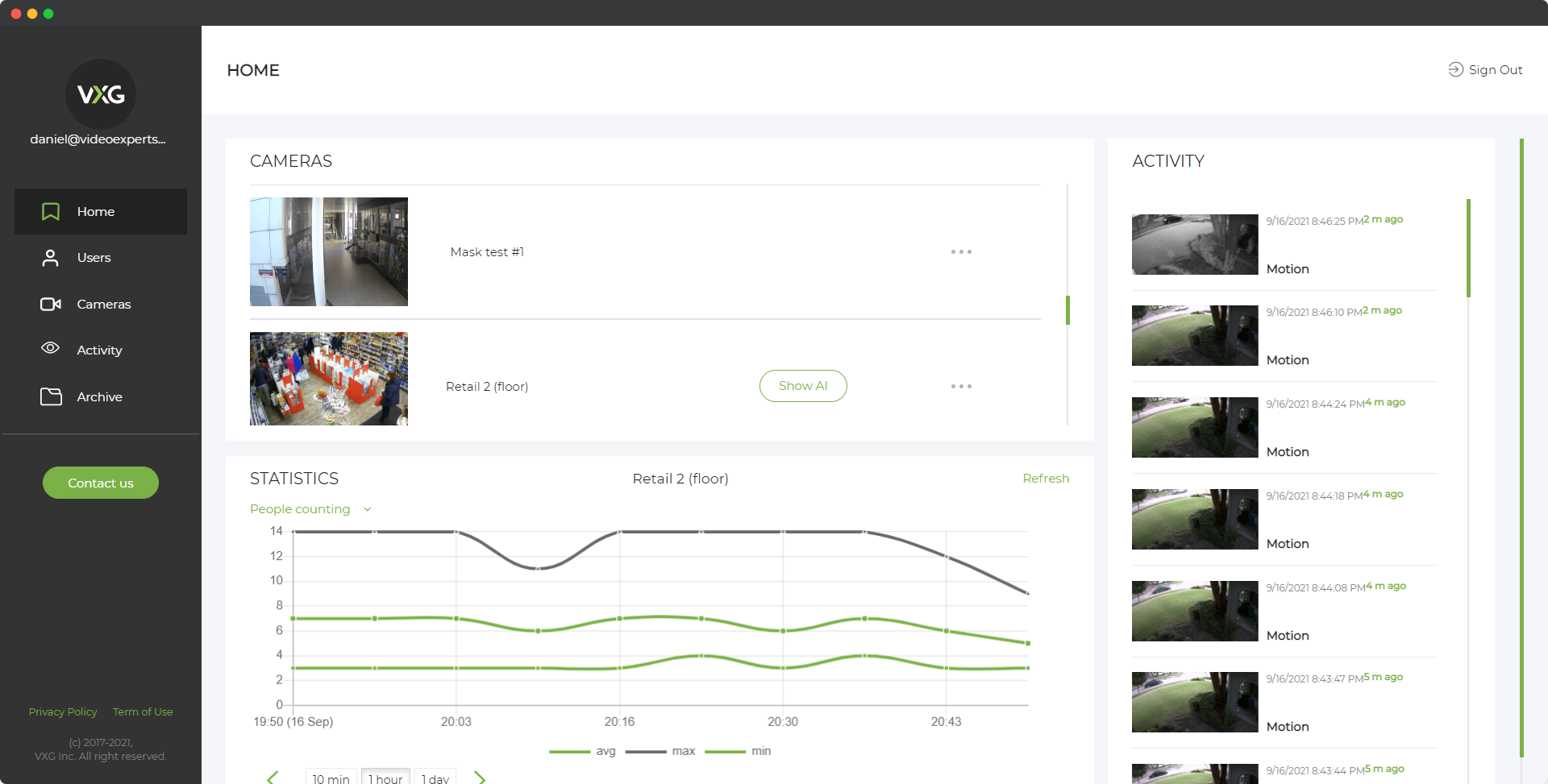In the world of video streaming, two terms often come up: HLS (HTTP Live Streaming) and LL-HLS (Low-Latency HLS). Both are streaming protocols used to deliver video content over the internet, but they have different features and use cases. This article will explain what HLS and LL-HLS are, compare their advantages and disadvantages, and help you decide which one is better for your needs.
What is HLS?
HLS, or HTTP Live Streaming, is a protocol developed by Apple. It is widely used for delivering video content because it is reliable and can handle different network conditions. HLS works by breaking the video into small chunks, usually a few seconds long, and delivering these chunks to the viewer. As the viewer's device receives the chunks, it can start playing the video without waiting for the whole file to download.
What is LL-HLS?
LL-HLS stands for Low-Latency HLS. It is an improvement on the standard HLS protocol, designed to reduce the delay between the live event and the viewer. This delay, known as latency, can be critical for live events like sports, news, or interactive broadcasts where viewers expect real-time updates.
Key Differences
Latency
- HLS: Typically has a latency of 10-30 seconds. This means there is a delay of 10-30 seconds from when an event happens in real life to when the viewer sees it.
- LL-HLS: Reduces latency to about 2-5 seconds. This makes the viewing experience much closer to real-time, which is important for live events.
Compatibility
- HLS: Highly compatible with a wide range of devices and platforms, including iOS, Android, and web browsers.
- LL-HLS: Newer and may not be supported by all devices or platforms yet. However, it is gaining adoption as live streaming becomes more popular.
Implementation Complexity
- HLS: Easier to implement because it has been around longer and is well-supported with many tools and libraries.
- LL-HLS: More complex to set up due to its newer technology and additional requirements for low-latency streaming.
Network Conditions
- HLS: Handles varying network conditions well, providing a smooth viewing experience by adjusting the quality of the video stream.
- LL-HLS: Also adapts to network conditions, but the lower latency can be more challenging to maintain without buffering issues, especially on poor connections.
Advantages and Disadvantages
HLS Advantages:
- Wide compatibility and support.
- Easier to implement.
- Reliable under different network conditions.
HLS Disadvantages:
- Higher latency, not ideal for real-time interactions.
LL-HLS Advantages:
- Lower latency, making it suitable for live and interactive content.
- Provides a near real-time viewing experience.
LL-HLS Disadvantages:
- More complex to implement.
- May not be supported on all devices and platforms.
Choosing between HLS and LL-HLS depends on your specific needs. If you require low latency for live events or interactive streaming, LL-HLS is the better option despite its complexity. However, if you need a reliable, widely compatible solution for general video streaming, HLS is a solid choice.
Both HLS and LL-HLS have their place in the streaming ecosystem, and understanding their differences can help you make the best choice for your content delivery.
















